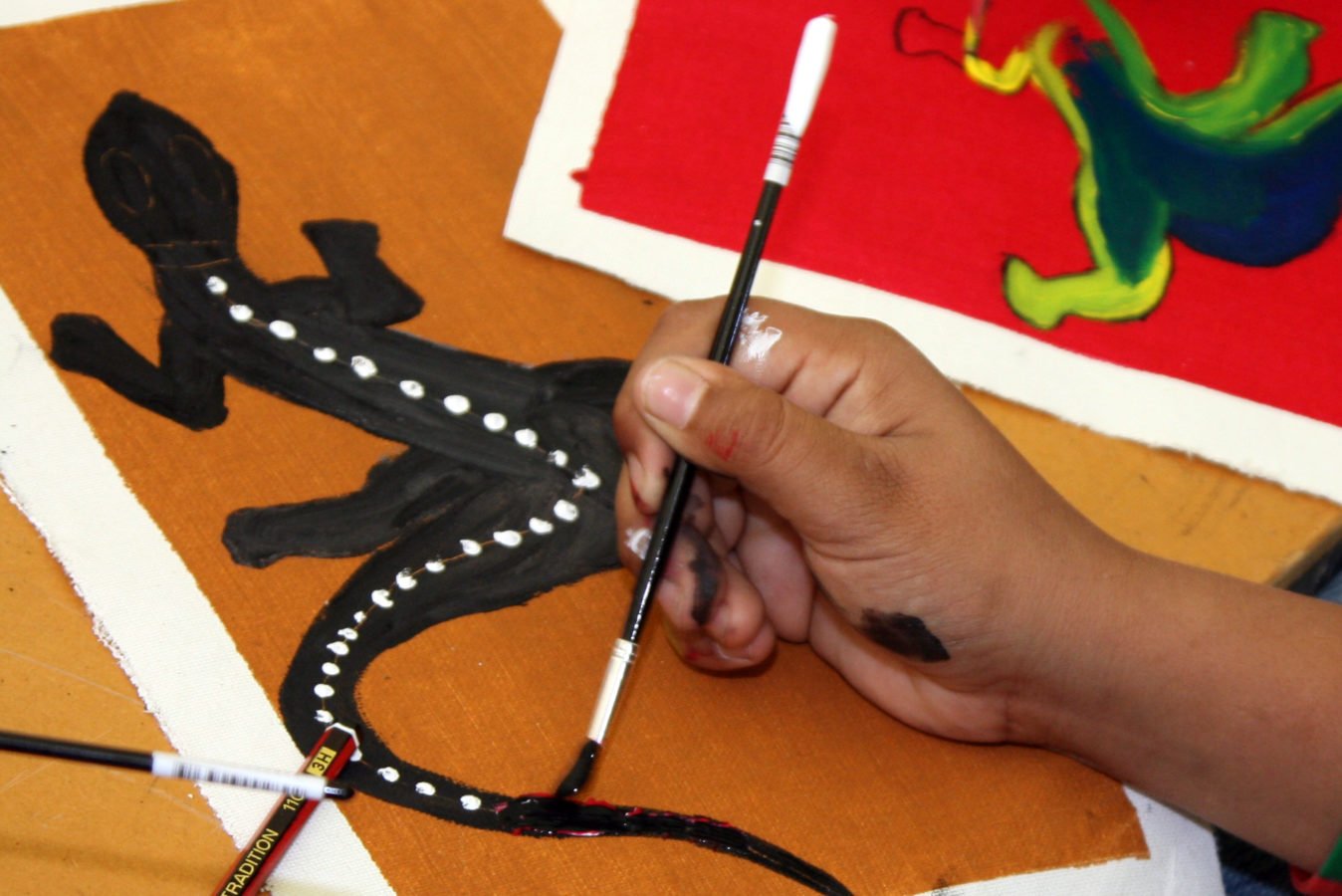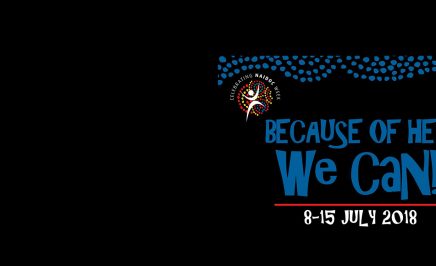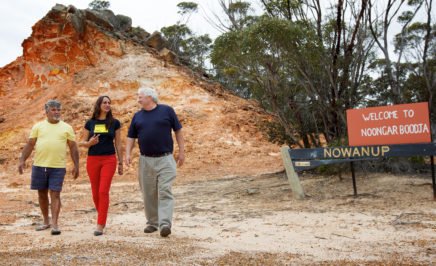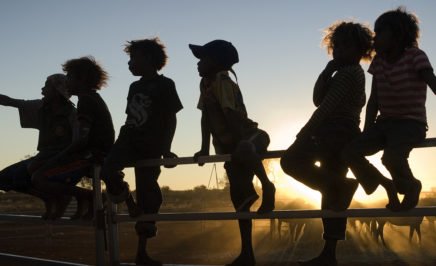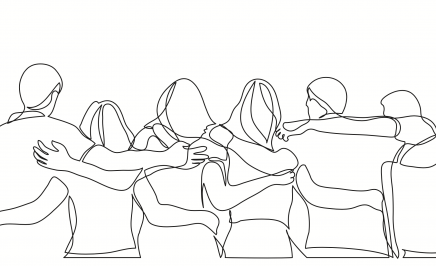It’s amazing to think that something that started as a human rights movement in the early 1900s to highlight the treatment of Aboriginal people has turned into one of the busiest and most cherished weeks for the Australian community. Indigenous Rights Manager Tammy Solonec explains this year’s theme, the history and provides information on events to attend.
NAIDOC, as it’s now known, stands for National Aboriginal and Islanders Day Observance Committee. The Committee has been in operation since 1957, this year celebrating its 60th anniversary. Today, NAIDOC Week is a national cultural festival that celebrates Aboriginal and Torres Strait Islander peoples, cultures and communities, but it is still firmly entrenched in the plight for justice for Aboriginal and Torres Strait Islander people. NAIDOC Week runs annually in the first full week of July, this year commencing on Sunday 2 July.
2017 NAIDOC Theme
The 2017 NAIDOC theme is ‘Our Languages Matter’, which aims to emphasise the unique and essential role that Indigenous languages play in cultural identity, linking people to their land and water and in the transmission of Aboriginal and Torres Strait Islander history, spirituality and rites, through story and song.
Prior to colonisation there were about 250 distinct Indigenous language groups, all of which would have had several dialects. Today, only around 120 languages are still spoken and many are a risk of being lost.
“Aboriginal and Torres Strait languages are not just a means of communication, they express knowledge about everything: law, geography, history, family and human relationships, philosophy, religion, anatomy, childcare, health, caring for country, astronomy, biology and food.
“Each language is associated with an area of land and has a deep spiritual significance and it is through their own languages, that Indigenous nations maintain their connection with their ancestors, land and law,” said Anne Martin, Co-Chair of the National NAIDOC Committee.
NAIDOC History
NAIDOC stems from a human rights movement for Aboriginal peoples, though its roots can be traced back to the 1920s and the 1938 Day of Mourning march and conference in Sydney, demanding better conditions for Aboriginal people. This was one of the first major civil rights gatherings in the world and became a regular event between 1940 and 1955 on the Sunday before Australia day and was known as Aborigines Day.
In 1957, State and Federal Governments as well as Aboriginal organisations and church groups all collaboratively supported the formation of the National Aboriginal Day Observance Committee (NADOC) and decided to move ‘Aborigines Day’ to the second Sunday in July.
In 1972, control of NADOC was given to the newly established Commonwealth Department of Aboriginal Affairs, and in 1974, the Committee had full Aboriginal representation for the first time. That Committee then decided in 1975 to extend the celebrations to a whole week, to cover the first full week of July. In 1984, NADOC asked that National Aborigines Day be made into a public holiday, but the call went unanswered.
In 1991, in recognition of the diversity of Aboriginal communities and especially Torres Strait Islanders, NADOC became NAIDOC with the inclusion of the words “and Islander”, represented by the “I”.
In the mid 1990’s, control of NAIDOC was transferred to the Aboriginal and Torres Strait Islander Commission (ATSIC) and throughout that time was slowly downgraded. Then, in 2006, when ATSIC was disbanded, funding and coordination was drastically cut.
Since 2006, Aboriginal communities around Australia have been picking up the pieces. Now all major cities of Australia celebrate NAIDOC which is funded and resourced by a variety of federal, state, territory and local Government agencies, as well Aboriginal organisations growing numbers of corporate bodies and not-for-profit organisations.
Because of the uncoordinated approach to NAIDOC, there is a large divergence in how it is celebrated. There are flag raising ceremonies, opening ceremonies, balls, awards, art and film exhibitions, family fun days, music gigs, sporting carnivals, book launches, fashion parades, races and more. Most events will have a Welcome to Country and speeches by Aboriginal Elders and leaders. There are some major events, such as the Musgrave Family Fun Day in Brisbane and the Town of Bassendean NAIDOC Day in Perth, which both attract thousands of people annually.
Events Near You
NAIDOC Week is not just for the Aboriginal community, it is a celebration for all Australians and in the spirit of reconciliation Aboriginal and Torres Strait Islander people invite Australians and international visitors of all backgrounds to attend events and join the celebrations. To see what events are happening in your local community, check out the list of events from the National NAIDOC website and have a very happy NAIDOC Week.
